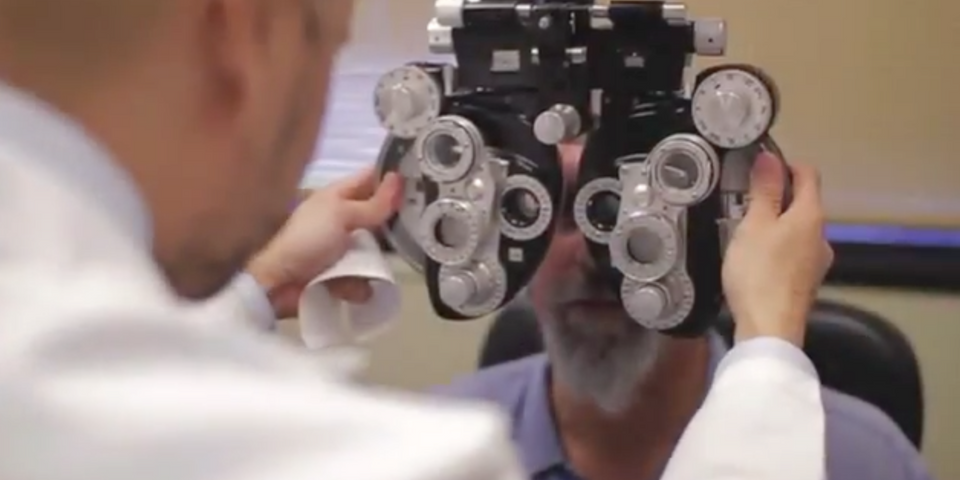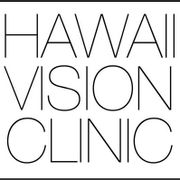My vision keeps getting worse, do I have Dysfunctional Lens Syndrome?

Are you beginning to experience issues with glare and blurry vision? Do your eyes feel more strained and tired while reading or working? Have you become more frustrated and concerned that you just can’t see as well recently? Your decline in vision may be due to a normal aging of the eye’s lens called Dysfunctional Lens Syndrome, or DLS. With the increasing age of baby-boomers, more patients in their 50s and 60s come to Hawaii Vision Clinic wondering why they just don’t see as well and request LASIK to improve their vision. However, LASIK may not be their solution.
DLS starts with the normal aging process of the natural crystalline lens in the eye. In Stage 1, the naturally crystal clear, flexible lens progressively hardens, resulting in loss of focus from distance to near vision. Reading glasses or bifocals become necessary at this stage. As it darkens and becomes hazy in Stage 2, blurry vision, glare and eye strain can cause frustration and anxiety. Stage 3 usually occurs in the 70s and above, marking the formation of a cataract with lens opacification and significant vision loss.
Some people notice vision decline early on before cataracts develop with frustrating symptoms of glare, blur, light sensitivity, and even headaches or eye strain. Rather than wait years longer for cataract surgery, an option now exists for these patients to optimize their quality of vision before a cataract develops.
Although these patients ask for LASIK, the recommended procedure may instead be the replacement of their dysfunctional lens using a femtosecond laser and an advanced technology lens implant in a procedure called Dysfunctional Lens Replacement (DLR).
DLR can be considered an “all-in-one” surgical procedure with multiple long-lasting benefits. First, it addresses the source of the problem—the dysfunctional, aging natural lens by replacing it with an advanced technology lens implant. Second, it can correct for astigmatism and the loss of near/reading vision that comes with age called Presbyopia. Lastly, DLR is a permanent solution that actually prevents cataract formation from ever occurring.
The procedure itself is very similar to the most advanced cataract surgery technique, utilizing lasers and ultrasound. With a surgical time of approximately 15-20 minutes per eye in a specialized eye surgery center, your vision can be restored quickly and comfortably.
A complete eye exam is of course required with pre-operative counseling, measurements and calculations before a personalized recommendation is given. With our newest diagnostic technology, the effects of DLS on your vision can now be measured and documented beyond the standard vision charts and glasses prescriptions.
The DLR procedure now allows patients to choose a laser lens procedure, sparing them multiple other surgeries (LASIK now and cataract surgery in the future), while restoring their full range of vision.
Hawaii Vision Clinic's doctors can determine if DLR is right for you.Their ophthalmologists also specialize in enhancing eyesight with state-of-the-art technology in laser surgery. To schedule an appointment, contact them today at (808) 487-7938, or visit their website to learn more about their services.
About the Business
Have a question? Ask the experts!
Send your question

